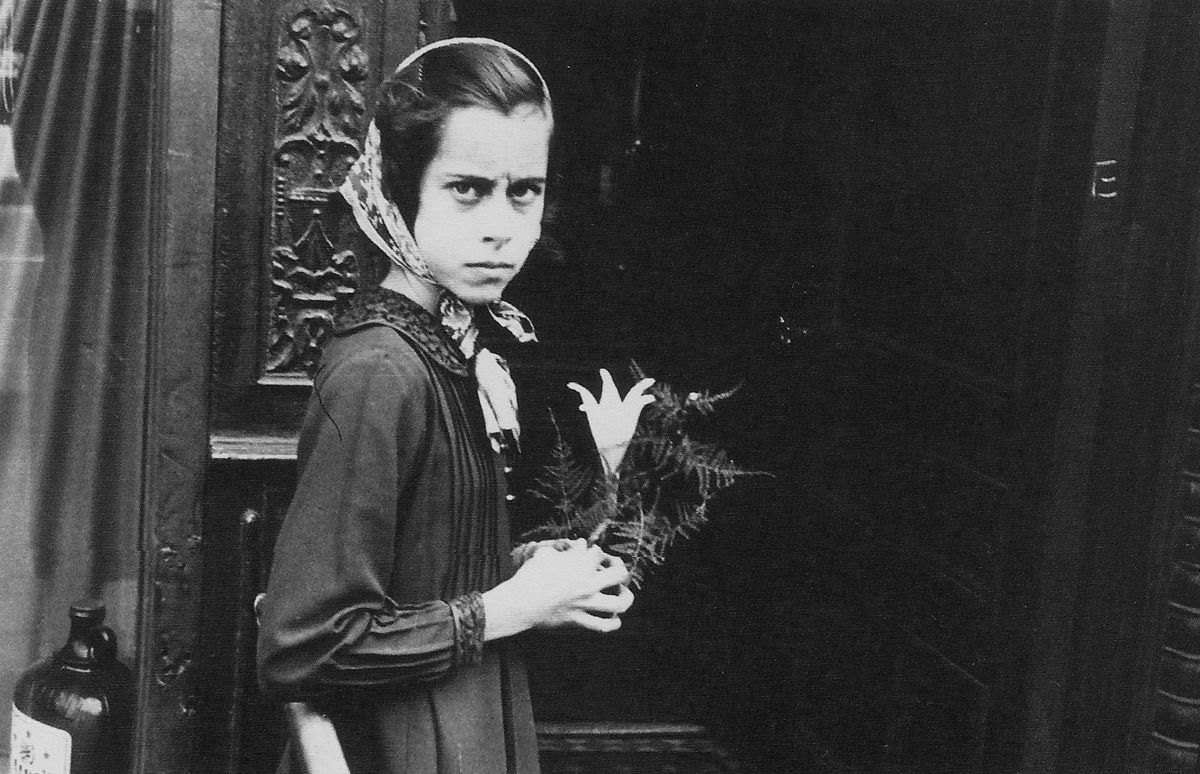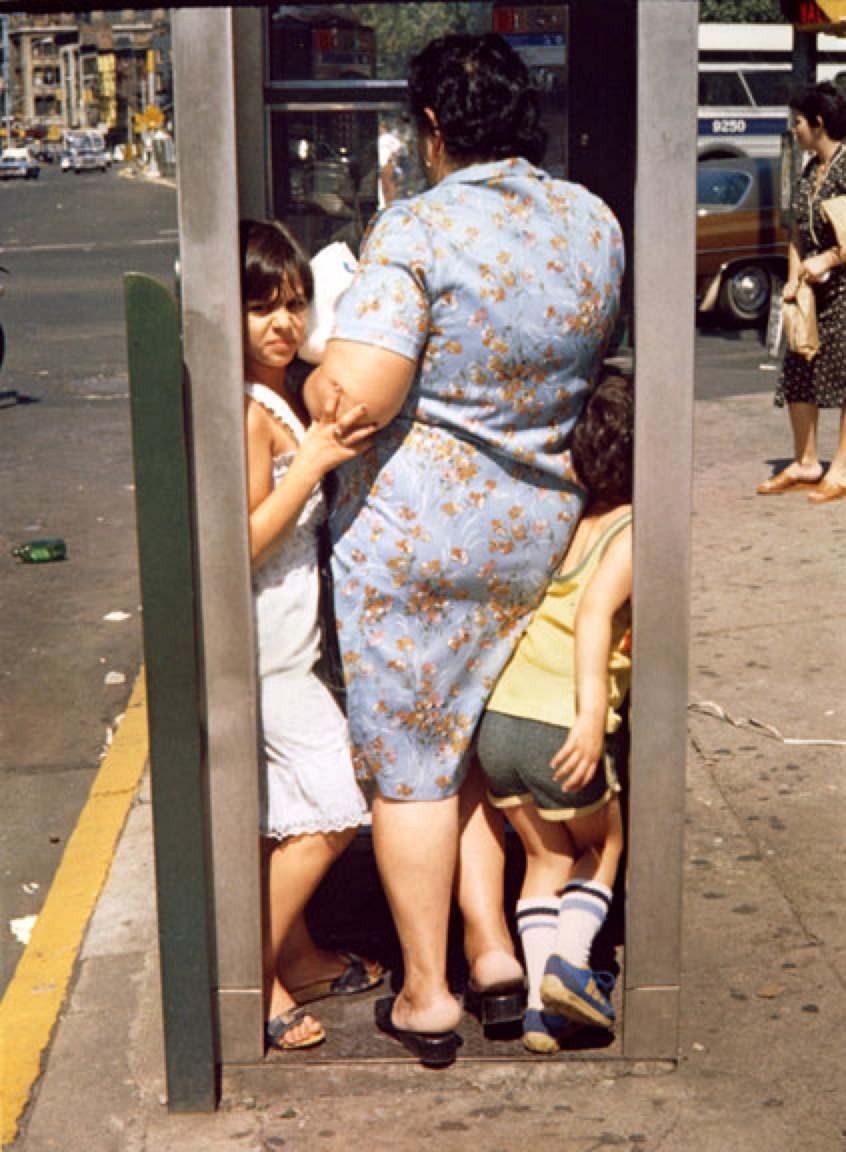 |
| Image by Oliver Jeffers via thisisnthappiness.com |
It has been a year that left even satirists out of breath as they chased the presidential twittercade.
Over 2017, I’d occasionally turn away from that particular train wreck – and other disasters – and gaze on other things that inspired, entertained or informed me. And as I usually do, I’d like to share them with you at the year's end.
Let me start on a very light note with 50 Nerds of Grey.
Are nerds sexy? I think so. Now, that may be because I’m a nerd. Regardless, I am grateful to Distractify for drawing my attention to @50NerdsofGrey on Twitter. Their headline clinched it for me: A Nerd Tried Rewriting '50 Shades Of Grey' And It's Better Than The Real Thing”. So, sorta like 9 1/2 weeks. With pies. In faces.
The Atlantic Selects is an intelligently curated library of short films. The subject matter? Oh this and that. Poems, the life of snipers in Syria, a real-life Mad Max, a meeting with a reformed racist, an animated introduction to dark matter, the crafting of guitars, which animal is the most murderous and David Lynch instructing us on the origins of great ideas. To name a few. Very very few.
We all know about the pot-boiling, conspiracy-theory-feeding, frenzied pulpy mass that is the Da Vinci Code by Dan Brown. Put it down and pick up something real. Like the Codex Arundel – Leonardo Da Vinci’s own for-real notebooks. Out of a total of some 5000 pages, some 570 pages of the Codex have been digitized for our perusing pleasure by the British Library. Read – if you can – old Leo’s mirror writing or flip through his drawings for a submarine, car, helicopter, airplane, and a parachute. Click here to read the complete Codex Arundel. Or click here, if you’d like a briefer guided tour with explanations.
Frequently rated one of the best blogs on the interwebs, This Isn’t Happiness curates a stream of images - photographs, cartoons, paintings, ephemera that possess the strange glow of truth and beauty. This Isn’t Happiness is a Tumblr that will make you look and make you think and make you look again. It’s the source of the featured image you see at the top of this post.
TIFF’s very own Canada 150 list is composed of 150 essential films made in Canada. You’ll find animated films, shorts, commercials, documentaries, music videos, feature films, installations and experiments and TV shows. Everything from Atanarjuat to Molson’s I Am Canadian rant to SCTV. It’s a superb must-watch guide for Canadians new and old.
The internet often appears uselessly endless but it does have an edge beyond which it becomes endlessly useless. The Useless Web is your personal springboard upon the very brink. A simple click will sproing you up with balletic grace into the air and down into the great gaping void of utter tragi-comic pointlessness. Don’t thank me. Really.
And finally, a piece of inspiration. In a year when the DACA dream died in the US, but when visible minorities became the majority in Toronto, this #ImmigrantPride Hamilton Mixtape anthem by K’Naan touched us. After all, immigrants founded Barrett and Welsh. Presenting Immigrants (We Get the Job Done).
May your 2018 prove fruitful. May you get the job done.
-------
Gavin Barrett is a founder and Chief Creative Officer of Barrett and Welsh, a minority-led, inclusion-focused, creativity-powered Toronto ad agency that puts ideas first to make ideas last.






































